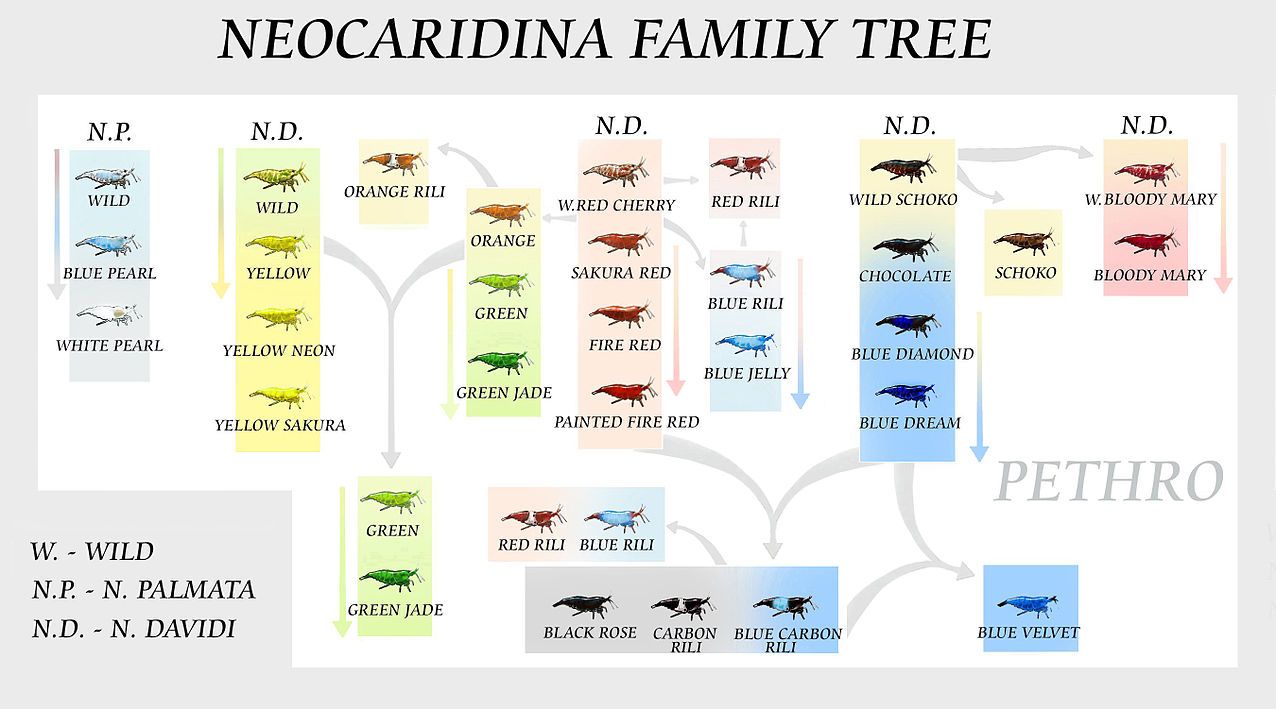minomantis
Well-known member
Quick question.
I don't want this to be another for discussion, but my question is do you think mantids need to have a certain color Gene for them to express a certain color or do you think they all are able to express it, but it's just a matter of how they were raised.
I'm aware that genes is what makes up an individual creature and what is expressed depends on that, but environment is important too right? Not really talking about the browns and greens, but like the species that have drastic color varieties, the golds and greens or green to rust color. Any thoughts?
I don't want this to be another for discussion, but my question is do you think mantids need to have a certain color Gene for them to express a certain color or do you think they all are able to express it, but it's just a matter of how they were raised.
I'm aware that genes is what makes up an individual creature and what is expressed depends on that, but environment is important too right? Not really talking about the browns and greens, but like the species that have drastic color varieties, the golds and greens or green to rust color. Any thoughts?
















































